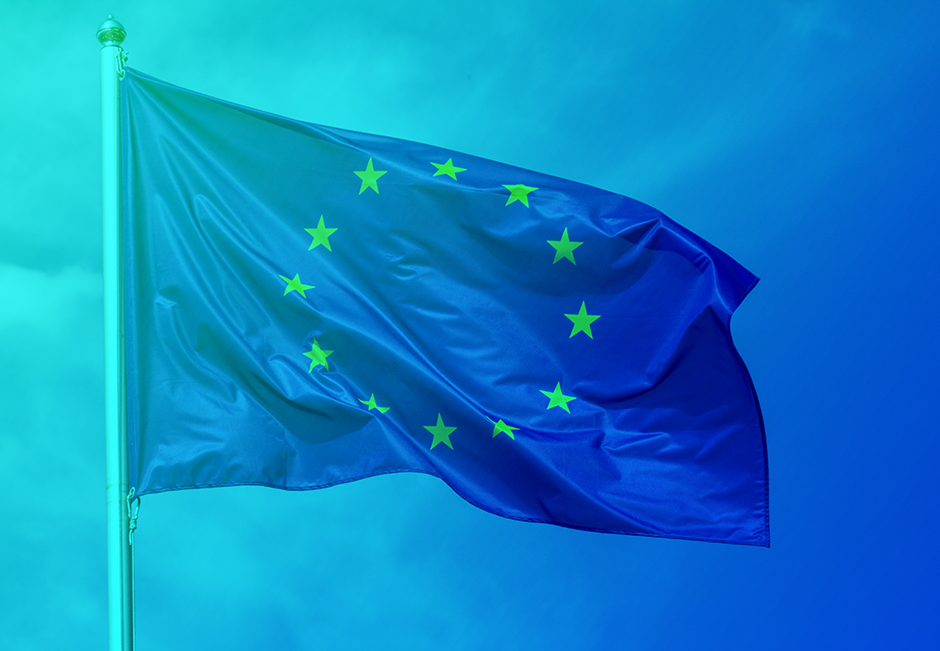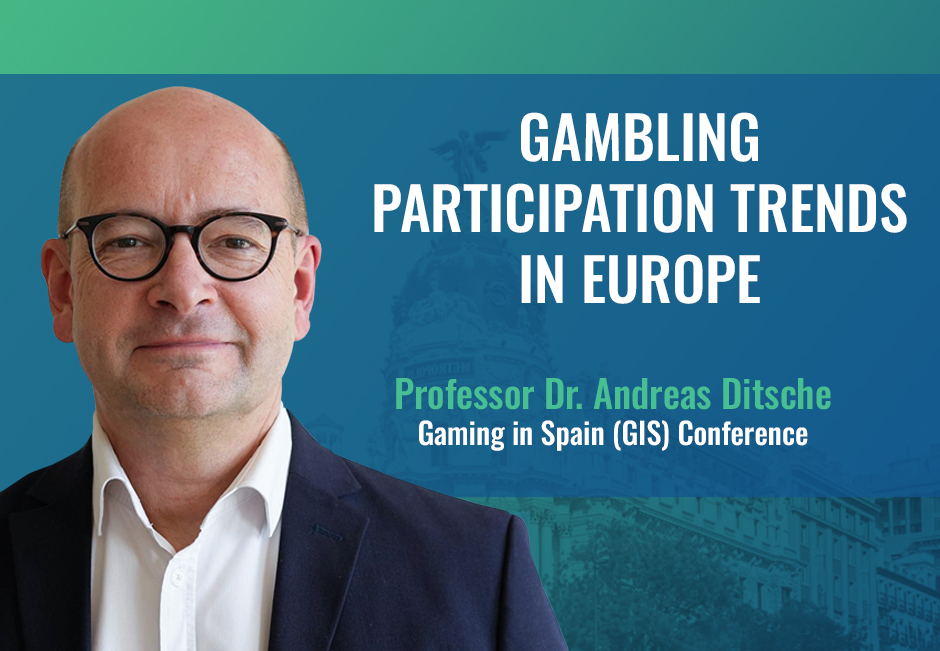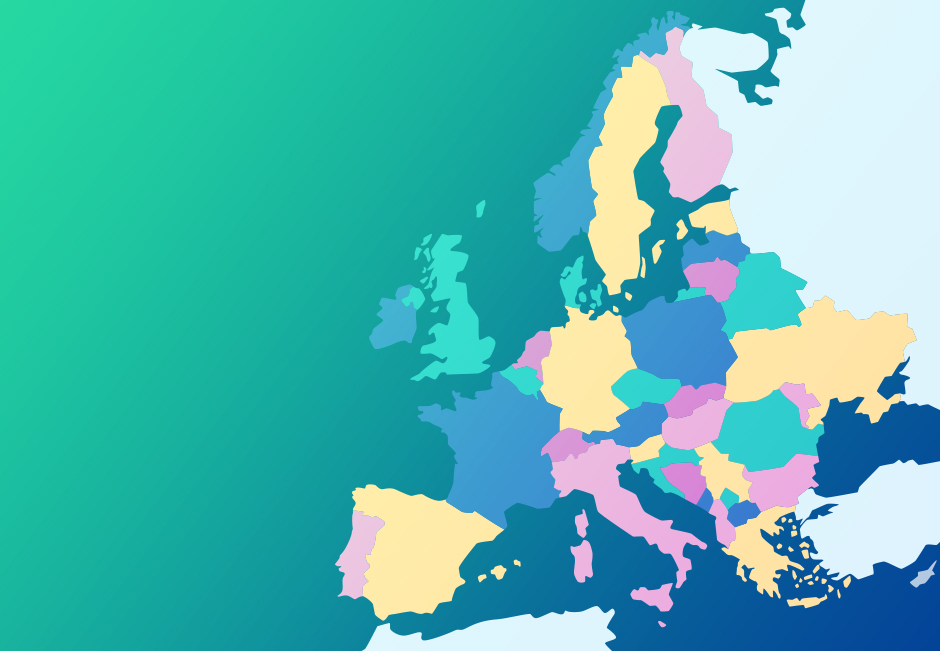
Gambling Participation Trends in Europe: Navigating Data Discrepancies

Navigating gambling participation trends in Europe is not a simple task. Significant variations in data exist across sources. In the short video above, iGaming’s CEO, Prof. Dr. Andreas Ditsche, sheds light on this challenge.
At the 2025 Gaming in Spain Conference, Prof. Dr. Ditsche gave a striking example. According to the annual DGOJ report, about 50% of the Spanish population has gambled in the last 12 months. However, other official sources put this at more than 80%.
So, which one is accurate? And with discrepancies being so substantial, how can a business decide what figures to trust? Moreover, can such conflicting data be used for efficient decision-making?
The Relationship Between Cultural Norms and Gambling Law
Prof. Dr. Ditsche also explores how cultural norms influence gambling regulations and vice versa. He argues that in Spain, where up to 80% of the population participates in such activities, they’re most likely socially acceptable.
In Germany, on the other hand, gambling is not something that’s publicly talked about – it’s a secret, almost taboo activity. This has led to overregulation, making the legal market less attractive and pushing players to unlicensed platforms.
“It’s like going to McDonald’s. You just get some love handles, but you would never admit you eat burgers.”
Prof. Dr. Andreas Ditsche iGaming CEO, at the 2025 Gambling in Spain Conference.
You can listen to the full speech on YouTube. In it, Prof. Dr. Ditsche discusses a data-driven analysis of Spanish and global players and their behaviors.
Keep up with the latest news and insights from the international gambling scene at iGamingCare.

